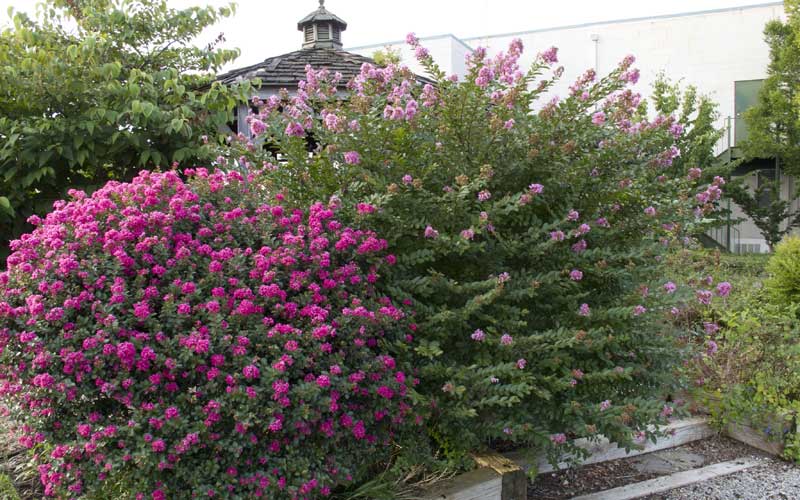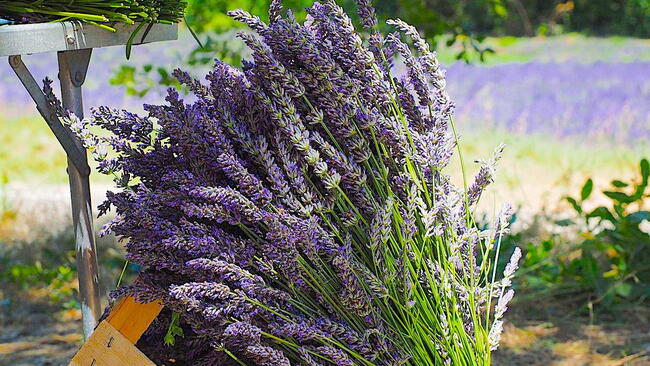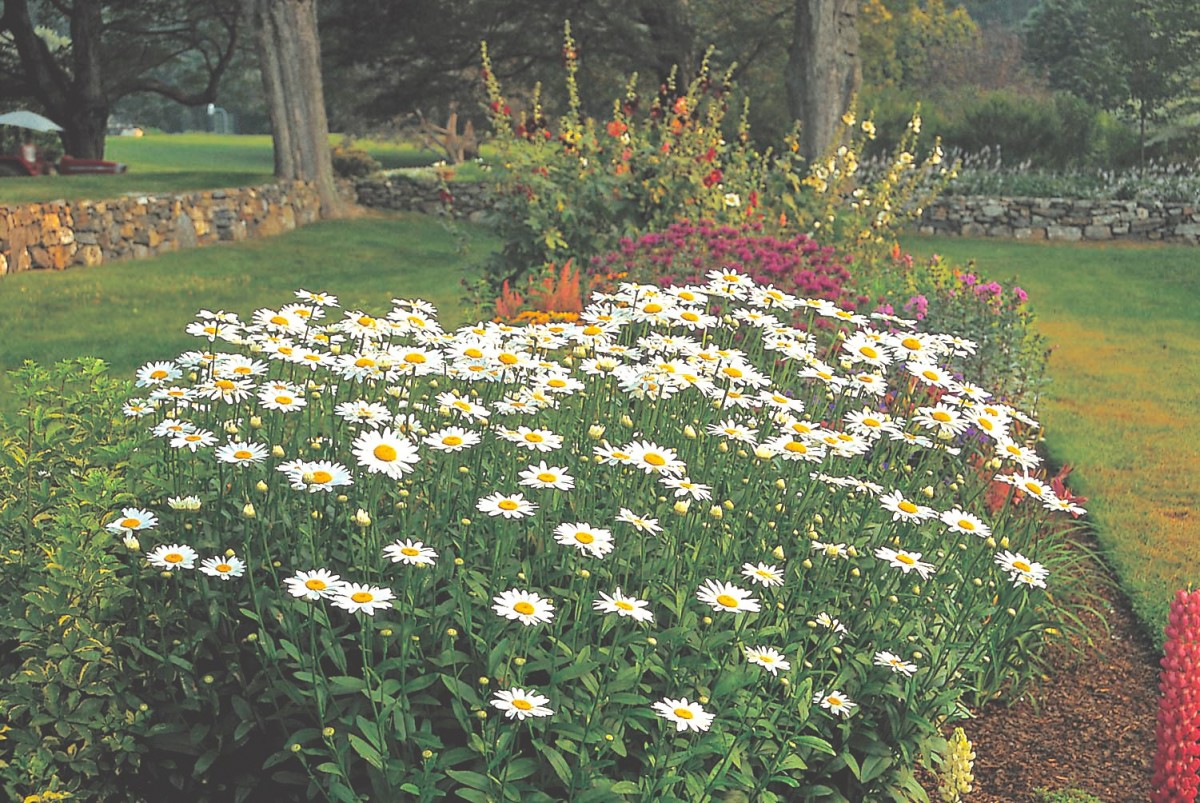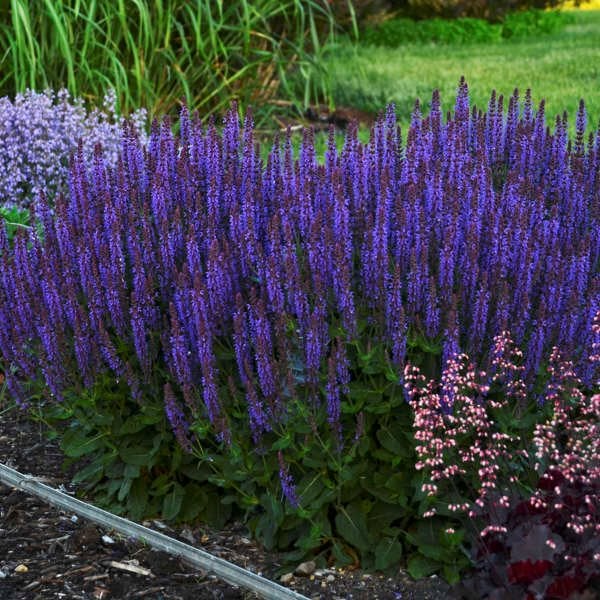Beautiful Companion Plants For Crape Myrtles
Beautiful Companion Plants for Crape Myrtles
Crape myrtles are a popular choice for Southern gardens, and for good reason. They're beautiful, versatile, and easy to care for. But what to plant around them?
The right companion plants can help to enhance the beauty of your crepe myrtles, extend their blooming season, and attract pollinators. Here are some of the best companion plants for crape myrtles:
- Hostas are a classic choice for companion plants for crape myrtles. They provide a lush, green backdrop for the crepe myrtles' flowers, and they also help to suppress weeds. Hostas come in a wide variety of colors and sizes, so you can find the perfect ones to complement your crepe myrtles.

- Lungwort is another great choice for companion plants for crape myrtles. It's a low-growing plant with pretty, purple flowers that bloom in the spring and summer. Lungwort is also a good choice for shady areas, so it's a good option if your crepe myrtles are planted in a shady spot.

- Daylilies are a popular choice for companion plants for crape myrtles because they bloom for a long period of time. Daylilies come in a wide variety of colors, so you can find the perfect ones to match your crepe myrtles. They're also relatively easy to care for, making them a good choice for busy gardeners.

- Coreopsis is a bright, cheerful plant that's perfect for companion plants for crape myrtles. It blooms in the summer with yellow, orange, or red flowers. Coreopsis is also a good choice for pollinator gardens, as it attracts bees, butterflies, and hummingbirds.

- Lantana is a colorful, versatile plant that's perfect for companion plants for crape myrtles. It can be grown in full sun or partial shade, and it blooms in a variety of colors, including yellow, orange, red, pink, and purple. Lantana is also a good choice for attracting pollinators.

- Hibiscus is a beautiful, tropical-looking plant that's perfect for companion plants for crape myrtles. It blooms in the summer with large, colorful flowers. Hibiscus is a good choice for warm-weather gardens, and it can also be grown indoors.

- Rose of Sharon is a popular choice for companion plants for crape myrtles. It blooms in the summer with large, colorful flowers that resemble roses. Rose of Sharon is a good choice for warm-weather gardens, and it can also be grown indoors.

These are just a few of the many great companion plants for crape myrtles. When choosing companion plants, it's important to consider the size, color, and light requirements of the plants. You also want to make sure that the plants will be compatible with each other.
With a little planning, you can create a beautiful, harmonious garden with crape myrtles and their companion plants.
Crape myrtles are beautiful flowering trees that can add a touch of color to any garden. But did you know that there are certain plants that can complement crape myrtles and make them even more stunning?
The right companion plants can help to accentuate the crape myrtle's blooms, provide contrast in foliage, or attract pollinators. Some popular crape myrtle companion plants include:
- Rose of Sharon: This bushy shrub blooms at the same time as crape myrtles and comes in a variety of colors, including pink, white, and purple.
- Creeping lilyturf: This low-maintenance groundcover helps to suppress weeds and provides a splash of green under the crape myrtle.

- Lantana: This tropical plant blooms in a variety of colors and can tolerate heat and humidity.
- Hibiscus: This large flowering shrub comes in a variety of colors and can add a touch of tropical flair to the garden.

- Rain lily: This bulb blooms in the summer and fall and attracts butterflies and hummingbirds.

For more information about crape myrtle companion plants, visit Gardenia Inspiration. This website has a comprehensive list of plants that can be paired with crape myrtles, as well as tips on how to plant and care for them.
FAQ of crape myrtle companion plants
Question 1: What are some good companion plants for crape myrtles?
Answer: There are many good companion plants for crape myrtles, but some of the most popular include:
- Lavender: Lavender is a drought-tolerant plant that blooms at the same time as crape myrtles, so it can help to fill in the gaps between the blooms. Lavender also has a calming scent that can help to deter pests.

- Shasta daisy: Shasta daisies are another drought-tolerant plant that blooms at the same time as crape myrtles. They come in a variety of colors, so you can choose the ones that will complement your crape myrtles.

- Salvia: Salvia is a colorful plant that blooms throughout the summer. It attracts butterflies and hummingbirds, so it can help to add interest to your garden.

- Ornamental grasses: Ornamental grasses add height and texture to your garden. They can also help to screen out unsightly views.

- Evergreen shrubs: Evergreen shrubs can provide year-round interest in your garden. They can also help to protect your crape myrtles from the wind and cold.
Question 2: What are the benefits of planting companion plants with crape myrtles?
Answer: There are several benefits to planting companion plants with crape myrtles, including:
- Improved drainage: Companion plants can help to improve the drainage around crape myrtles, which can help to prevent root rot.
- Attract pollinators: Companion plants can attract pollinators, such as butterflies and hummingbirds, which can help to pollinate your crape myrtles and other plants.
- Reduce pests: Companion plants can help to reduce pests, such as aphids and spider mites.
- Add interest: Companion plants can add interest to your garden by providing different colors, textures, and heights.
Question 3: How do I choose the right companion plants for my crape myrtles?
Answer: When choosing companion plants for your crape myrtles, there are a few things to keep in mind:
- Planting conditions: Consider the planting conditions in your area, such as the amount of sunlight and the type of soil.
- Plant size: Choose companion plants that are the same size or slightly smaller than your crape myrtles.
- Plant color: Choose companion plants that will complement the colors of your crape myrtles.
- Plant bloom time: Choose companion plants that bloom at the same time as your crape myrtles or at different times of the year to extend the bloom time in your garden.
Question 4: How far apart should I plant companion plants with crape myrtles?
Answer: The distance between companion plants and crape myrtles depends on the size of the plants. For smaller plants, you can plant them about 2 feet apart. For larger plants, you can plant them about 4 feet apart.
Question 5: How do I care for companion plants with crape myrtles?
Answer: The care requirements for companion plants vary depending on the type of plant. However, most companion plants need regular watering, fertilizing, and pruning.
Image of crape myrtle companion plants
5 different images of "crape myrtle companion plants" from Pinterest:
- Columbine: This unique flower has a bloom within a bloom, making it a beautiful addition to any garden. Columbines prefer full sun and well-drained soil.

- Lily of the Valley: This fragrant flower is a classic choice for cottage gardens. Lily of the Valley prefers partial shade and moist soil.
- Verbena: This versatile plant comes in a variety of colors and can be used to fill in empty spaces in your garden. Verbenas prefer full sun and well-drained soil.

- Hostas: These shade-loving plants add a touch of elegance to any garden. Hostas prefer partial shade and moist soil.

- Rose of Sharon: This flowering shrub is a popular choice for Southern gardens. Rose of Sharon prefers full sun and well-drained soil.

Post a Comment for " Beautiful Companion Plants For Crape Myrtles"